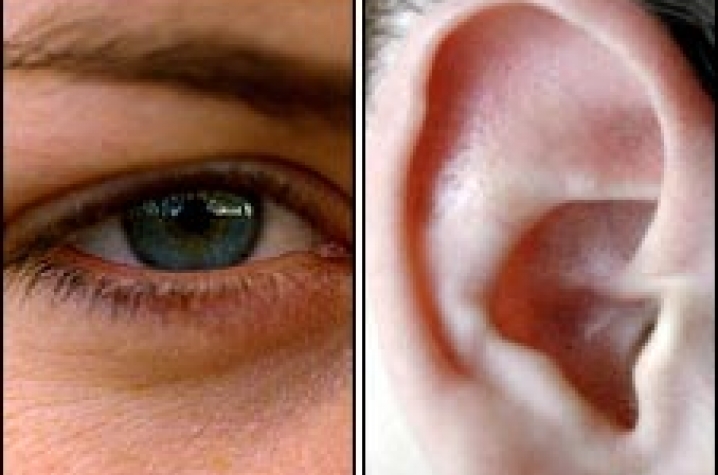

No significant differences in hearing thresholds were found the group of affected subjects with different pathological mutations. A variable degree of hearing loss, ranging from mild to profound, was observed among affected subjects. Both similarities and differences of the auditory phenotype were seen in families with several affected siblings. Three different USH2A mutations were identified in the affected subjects. Traditional clinical classification of Usher syndrome, including subtypes, genes, hearing loss, vestibular status, and typical onset of night blindness (Cohen, Bitner-Glindziez, & Luxon, 2007 W. Healthcare providers usually diagnose it during childhood.

Usher syndrome is a disease you are born with. Some people also experience balance problems. Usherin, the defective protein in Usher syndrome type IIA. Genetic and audiometric examinations were performed in 18 subjects from nine families with Usher syndrome type IIA. Overview What is Usher syndrome Usher syndrome is a disease that leads to hearing loss and vision loss. Usher syndrome type 1 due to missense mutations on both CDH23 alleles: investigation of mRNA. The audiological features of patients and affected siblings with USH2A mutations were also examined to identify genotype-phenotype correlations. USH2A causes more severe and progressive hearing impairment in. Usher syndrome type II is associated with hearing loss and retinitis pigmentosa but not with any vestibular problems. People with Usher’s syndrome type IIa have mutations in a novel gene encoding a protein with domains commonly found in many types of extracellular matrix and cell surface receptor proteins.Here we report that this protein, which we refer to as usherin, is a new basement membrane protein. Decade audiograms were also compared among two groups of affected subjects with different mutations of USH2A.ĭNA samples from patients with Usher syndrome type II were analysed. A combination of two truncating mutations in. The purpose of this study was to compare the genotype/phenotype relationship between siblings with identical USH2A pathologic mutations and the consequent audiologic phenotypes, in particular degree of hearing loss (HL).


 0 kommentar(er)
0 kommentar(er)
